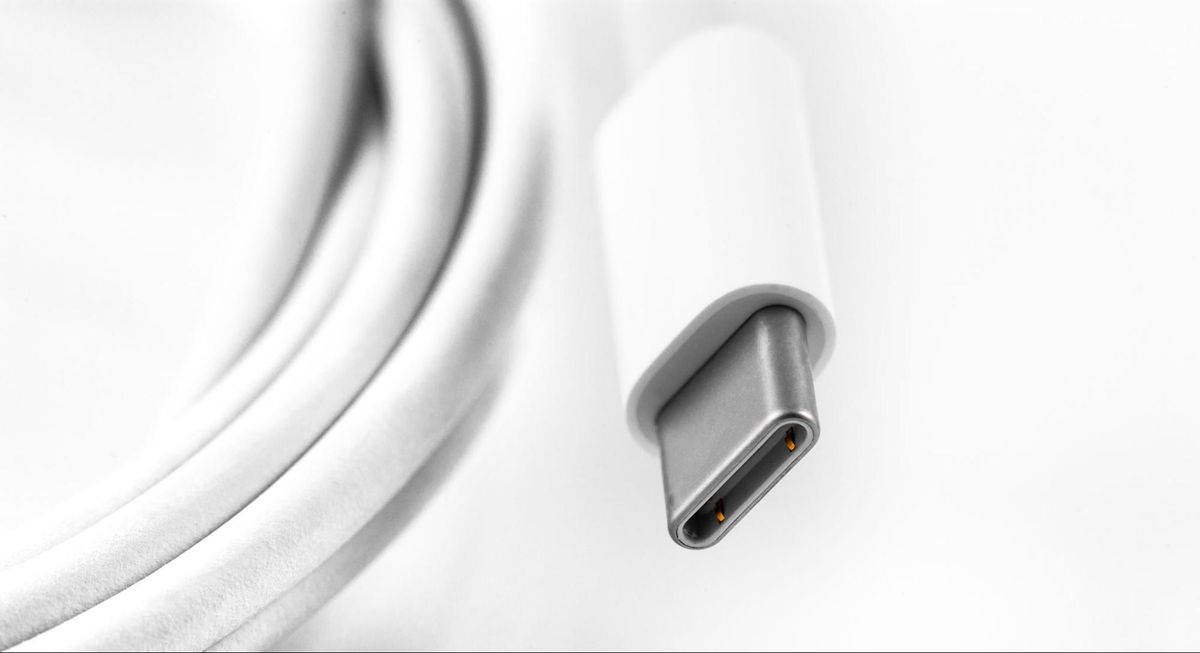Like many others, I have collected a ridiculous amount of USB cables over the years. Some came free with devices, some are longer / braided aftermarket ones. I'm guessing the majority of them can charge portable devices (phones, power banks, headphones, etc) devices at maximum without much issue. But what about data capacity?
I'm assuming all below USB 3 have black connectors and all above have blue connectors. But is there a difference between 3.0 / 3.1 / 3.2? Is there a visual way to tell the difference or will a 3.0 cable function at 3.2 speeds?
I'm assuming all below USB 3 have black connectors and all above have blue connectors. But is there a difference between 3.0 / 3.1 / 3.2? Is there a visual way to tell the difference or will a 3.0 cable function at 3.2 speeds?


